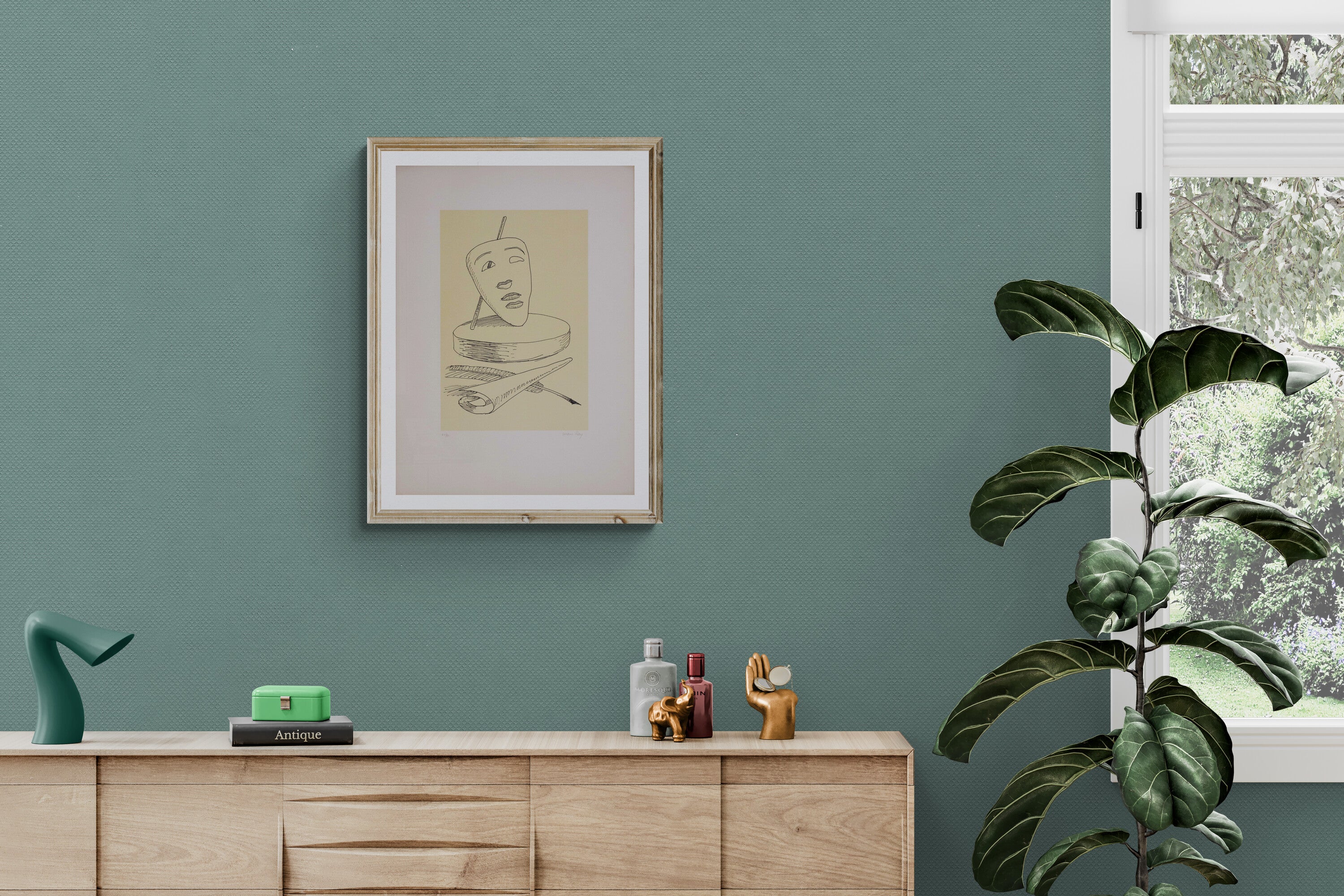Pericle Fazzini biography
- PERICLE FAZZINI PAINTER

Pericle Fazzini was an Italian sculptor and painter. He was born in Grottammare in 1913.
He approached sculpture in his father's carving workshop and, on the advice of the poet Mario Rivosecchi, was sent to Rome in 1930 to study at the Free School of the Nude at the Academy of Fine Arts.
In 1931 he won the competition for the funeral monument of Cardinal Dusmet in Catania. The following year he participated in the competition for the National Artistic Residency obtaining a scholarship with which he maintained a studio in Rome for the next three years.
In 1935 Pericle Fazzini participated in the II Rome Quadriennale winning a prize for the bas-reliefs Dance and Storm. In 1938 he opened his own studio in Via Margutta, where he would remain for life, and joined the artistic movement Corrente which gathered around the homonymous Milanese art magazine. In the same year he participated in the XXI Venice Biennale with a group of sculptures that established him at the highest levels of European sculpture: the portrait of Ungaretti, Moments of Solitude, Boy Listening and Young Man Declaring.
In 1947 he won the Turin Prize with the artwork Anita Standing and participated in the exhibition of the New Front for the Arts, with Emilio Vedova and Renato Guttuso. In 1949 he won the Saint Vincent Prize with the artwork Sibyl and participated in the exhibition Twentieth-Century Italian Art at MoMA in New York. In 1951 he held his first retrospective at the Rome Prize Foundation. In 1954 he returned to the Venice Biennale winning first prize for sculpture.
In 1955 Pericle Fazzini began teaching at the Academy of Fine Arts in Florence, while from 1958 until 1980 he taught at the Academy of Fine Arts in Rome.
Between the late fifties and the sixties he worked on monumental projects including the portal of the church of San Giovanni Battista on the A1, the Fountain for the ENI Palace in Rome, the Monument to the Resistance in Ancona.
In 1970 he began the Resurrection for the Nervi Hall in the Vatican, which was exhibited only in 1977 and can be considered his most famous artwork.
The last years of his prestigious career saw the organization of two important retrospectives in 1983 in Avezzano and the following year at the National Gallery of Modern and Contemporary Art in Rome.
Pericle Fazzini died in Rome in 1987.



